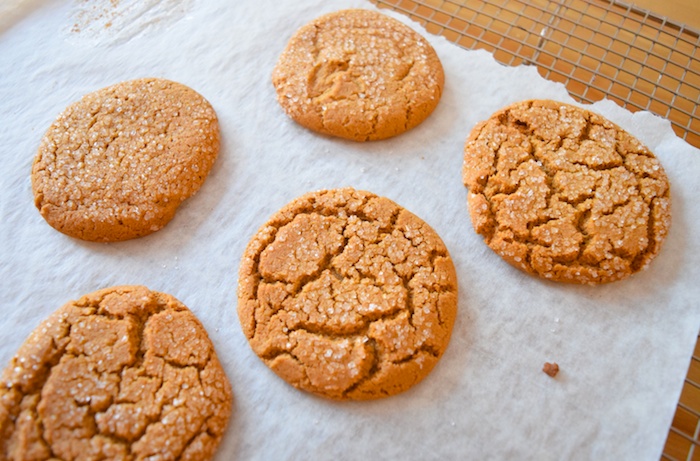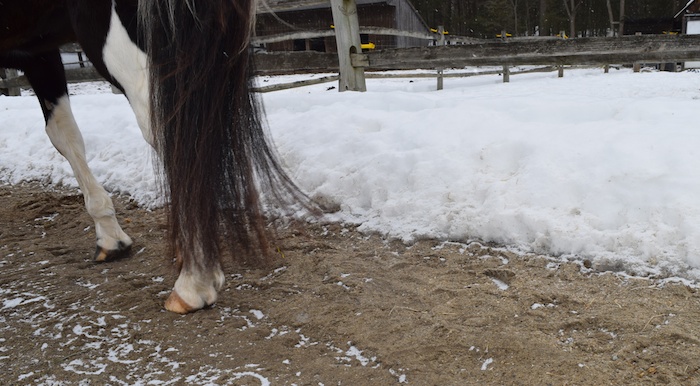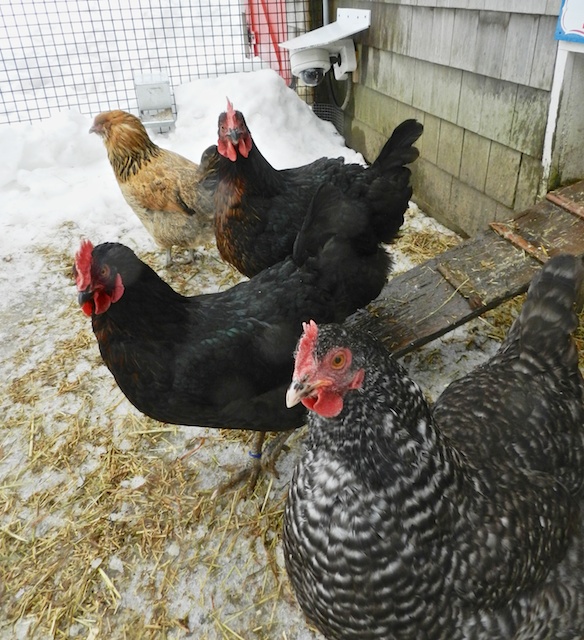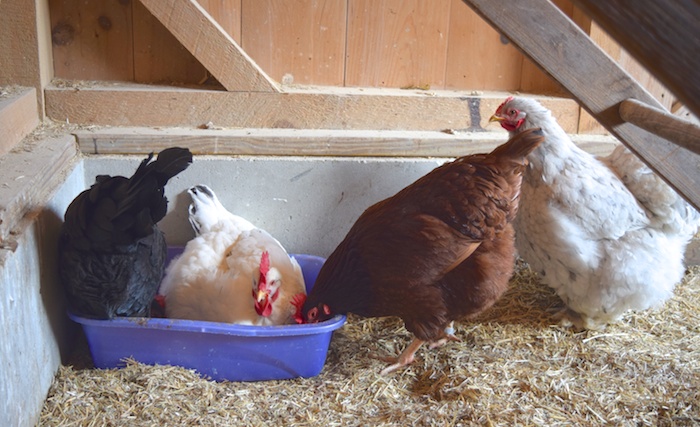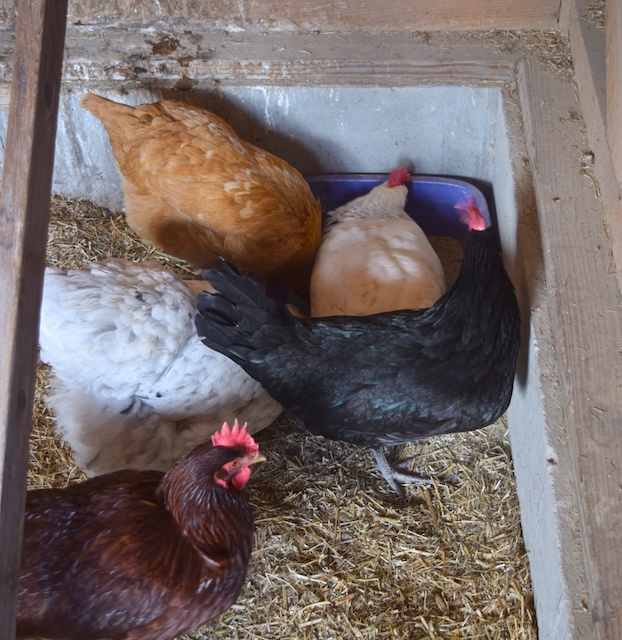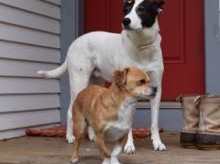This weekend, my son was home from college. It was too icy to go outside. I decided to bake cookies, something that I enjoy doing and that makes everyone happy. Because I have the right tools and professional experience, baking up several batches is not a chore (and cleanup is easy, everything goes in the dishwasher!) I’m a relaxed cook, but I’m fussy about the details because it’s the details that take a cookie from okay to spectacular.
My son’s favorite cookie is a spice cookie. Years ago, I found the recipe in the newspaper. I’ve changed it up a little (I use a stick of butter and 1/4 cup of oil, and half white whole wheat flour.) The first thing to know about this sort of recipe is that if the spices aren’t fresh, it won’t be right. If a sniff of your spice jars leaves you with a stale, musty impression, throw them out and start fresh! I take the extra effort to grind nutmeg using a nifty little tool (I don’t use nutmeg a lot, and so a jar of it goes pale in flavor quickly, but freshly-ground is vibrant.) I have a stand mixer, which makes easy work out of the stirring. I pay close attention to the batter. As soon as it looks smooth, I stop. This prevents over-beating and toughness in the finished product.
But, it’s the baking itself which determines whether your cookies are perfect or not. Always preheat the oven. Always try to give yourself time and attention to devote to the baking. A minute can be the difference between the right texture and under or over-baked. Since cookies are so finicky with timing, the more uniform the cookies are, the more evenly they’ll bake. I use scoops to get them all the same size.
The most essential step is follow is the one that says, “place the cookie sheet in the center rack of the oven.” It seems so time-consuming and wasteful to bake only one sheet at a time! We’ve all filled the oven up. This is what happens:
The cookies on the middle rack cook perfectly. The surface crackles. They spread evenly. The two cookies to the back of this photo were baked on a sheet below the others. The top baking sheet blocked the flow of heat. They took longer to bake. They didn’t crackle. They taste fine, but they miss that quality that the others have.
(Although convection ovens are supposed to solve this problem and allow you to bake with sheets on each rack, I find that the blowing air dries out the cookies. I don’t use convection for dessert baking.)
Notice that I bake on parchment paper. I buy a large flat box that lasts me years! Not only does baking on parchment ease cleanup, but the cookies brown perfectly and rarely scorch.
The baking sheets themselves make a difference. Air-cushioned baking sheets allow the cookies to bake through before the bottoms burn. For large and soft cookies, I prefer them. The sheet to the front is the cushioned pan, the one in the back is a typical aluminum sheet of metal. These were both baked at exactly the same temperature, oven position and length of time.
Note the that cookies in the back didn’t spread as far, and they browned up quickly. That’s good for some cookies. If you’re baking lacy cookies, a thin baking sheet is best. It’s up to what you like. In this case, they’re both delicious.
Do you have cookie baking questions? Ask away! I’ll answer here in the comments.
